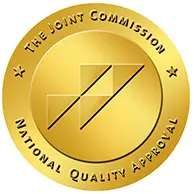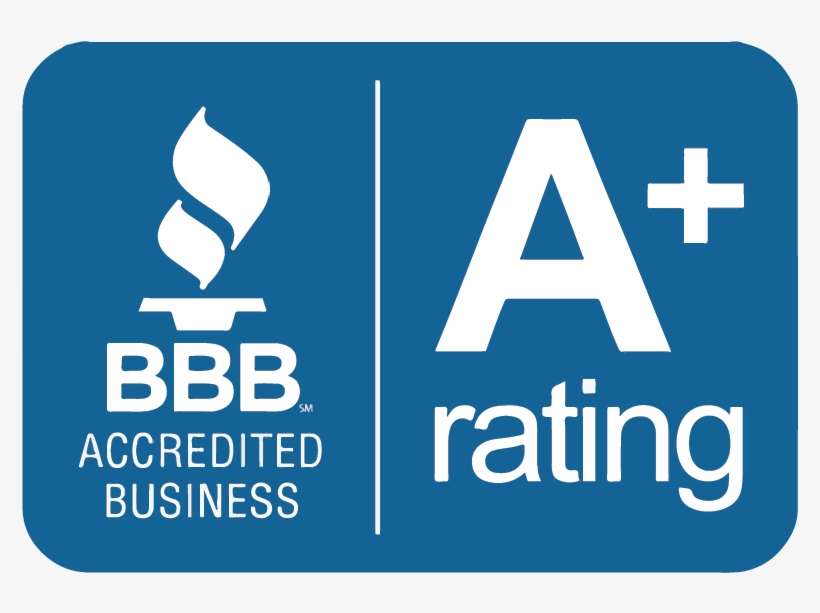Schizophrenia:
Self-quiz
Schizophrenia is a severe, chronic mental health disorder that affects a person’s thinking, feeling, and behavior. People with schizophrenia may seem to have lost touch with reality and often struggle to lead fulfilling lives. It’s a disorder that requires lifelong treatment even when symptoms have subsided.
Schizophrenia Self-Test
This online screening is not a diagnostic tool. Only a trained medical professional, like a doctor or mental health professional, can help you determine the best treatment for you.
Understanding Schizophrenia
Schizophrenia isn’t as common as other mental health conditions, but its effects can be debilitating. Its symptoms typically appear in early adulthood, with men often experiencing onset in their early twenties, and women in their late twenties to early thirties.
Symptoms of schizophrenia can be broken down into three categories: positive symptoms, such as hallucinations and delusions; negative symptoms, such as reduced emotional expression and lack of motivation; and cognitive symptoms, which may impact memory and aspects of thinking.
Common Signs of Schizophrenia
Recognizing the signs of schizophrenia early can lead to more effective treatment. Some of the most common signs include:
- Hallucinations: These can involve seeing, hearing, or feeling things that others do not, such as hearing voices.
- Delusions: These are firmly held beliefs not supported by reality. A person with schizophrenia may feel that they are being watched, followed, or targeted.
- Disorganized Speech and Thinking: This may manifest as difficulty staying on a topic, giving answers unrelated to questions asked, or speaking in a nonsensical way.
- Negative Symptoms: This includes reduced emotional expression, lack of motivation, social withdrawal, and decreased ability to perform everyday tasks.
Please remember, online quizzes are not a substitute for professional evaluation. If you or someone you know exhibits these symptoms, it’s crucial to seek professional help.
Types of Treatments
Schizophrenia is usually managed with a combination of medication, psychological therapy, and social support. Here are the primary forms of treatment:
- Medication: Antipsychotic medications are the cornerstone of treatment for schizophrenia. They can help to control symptoms by affecting the brain’s neurotransmitters.
- Psychological Therapies: Cognitive Behavioral Therapy (CBT) can be helpful for managing symptoms and improving quality of life. It can help patients understand their symptoms, reduce distress, and help them to function better in their daily lives.
- Social Support: This includes help with social skills training, vocational training, and supported employment. It helps people with schizophrenia to engage in community life and maintain their independence.
Living with a Family Member with Schizophrenia
When a family member is diagnosed with schizophrenia, it can be a challenging time filled with uncertainty and adjustment for everyone involved. However, understanding how to cope and offer support can make a substantial difference. Here are some comprehensive strategies to manage and navigate life with a loved one living with schizophrenia:
Understanding the nature of schizophrenia can greatly assist you in supporting your loved one. This encompasses learning about its symptoms, causes, treatment options, and how it can impact daily life. Familiarize yourself with the possible trajectories of the disorder and its variability between individuals. Understanding that schizophrenia is a brain disorder, not a character flaw or a result of poor parenting, can help reduce stigma and promote empathy.
Connecting with other families who are facing the same challenges can offer emotional support, shared experiences, and practical advice. Hearing others’ stories can provide comfort, reduce feelings of isolation, and provide real-world insights on how to cope. Support groups can be found in many communities, and online support groups are also available if in-person groups are not an option.
While it’s essential to support your loved one, it’s equally important to look after your own physical and mental health. Make sure to carve out time for activities that you enjoy and help you relax. Whether it’s reading, exercising, meditating, or spending time in nature, regular self-care is crucial for maintaining your well-being.
Regular, open communication is key when living with a family member with schizophrenia. This can help you understand their experiences, fears, and hopes. Encourage them to share their feelings and listen empathetically. Regular check-ins can also help spot any changes in behavior that might indicate a need for adjustment in treatment.
Medication vs Therapy
When it comes to treating schizophrenia, both medication and therapy have essential roles to play. Each has its strengths and limitations, and an effective treatment plan often incorporates both.
Medication, primarily antipsychotics, is generally the first line of treatment for schizophrenia. It’s particularly effective at managing positive symptoms like hallucinations and delusions. Antipsychotics can reduce the intensity of these symptoms, making them less frequent or even eliminating them altogether. However, medications don’t necessarily address the negative symptoms of schizophrenia, such as lack of motivation or social withdrawal. Also, like all drugs, antipsychotics can have side effects, some of which can be severe.
On the other hand, therapy, especially cognitive-behavioral therapy (CBT), can complement medication in managing schizophrenia symptoms. While medications work on a biochemical level, therapy tackles the behavioral and cognitive aspects of the disorder. Therapy can help patients understand their symptoms, manage stress, improve communication skills, and help them adhere to their medication regimen. Therapy, however, requires commitment and active participation from the patient.
In short, while medication can quickly reduce severe symptoms, therapy equips individuals with skills and strategies to manage their symptoms long-term and lead fulfilling, functional lives.
Benefits of Therapy
Therapy offers numerous benefits for those living with schizophrenia, which can include:
- Improved Symptom Management: Therapy, particularly CBT, helps individuals understand their symptoms and develop strategies to cope with them. It can assist in differentiating between what’s real and what’s a product of their symptoms.
- Stress Management: Therapy can help individuals identify triggers and stressful situations, and develop techniques to handle them effectively. This can reduce the likelihood of symptom exacerbation due to stress.
- Enhanced Social Skills: Group therapy and social skills training can help individuals with schizophrenia improve their social interactions and relationships. This can greatly enhance their quality of life and help prevent social isolation.
- Better Adherence to Treatment: Therapy can increase motivation to adhere to treatment plans, including medication. This is crucial, as consistent treatment is often necessary to manage schizophrenia effectively.
- Empowerment: Therapy can empower individuals with schizophrenia by helping them understand their condition, manage their symptoms, and lead productive lives. It can boost self-esteem and instill a sense of control over their lives.
Therapy is a powerful tool that can greatly enhance the effectiveness of schizophrenia treatment. It is not a one-size-fits-all approach, and the type of therapy and its duration can be tailored to each individual’s needs and circumstances. At Acera Health, our team of experienced therapists is committed to delivering personalized and effective therapy for our patients.
Visit Acera Health In Costa Mesa For Help With Schizophrenia
If you or a loved one are dealing with schizophrenia, it’s important to know that help is available. Acera Health offers comprehensive outpatient treatment services, designed to meet the needs of those living with schizophrenia. With our multidisciplinary team of professionals, we provide medication management, individual and group therapy, and a variety of supportive services to help you manage symptoms and improve quality of life.
To learn more about our services and how we can help, please contact us today.
Your journey to wellness begins here. Reach out to Acera Health, because you are not alone, and together, we can make a difference.
Get Schizophrenia Treatment in Orange County
If you or a loved one is suffering from schizophrenia, Acera Health ensures that you get the help and support you need.
Contact us to know more about our schizophrenia treatment, so you can achieve successful long-term recovery.







